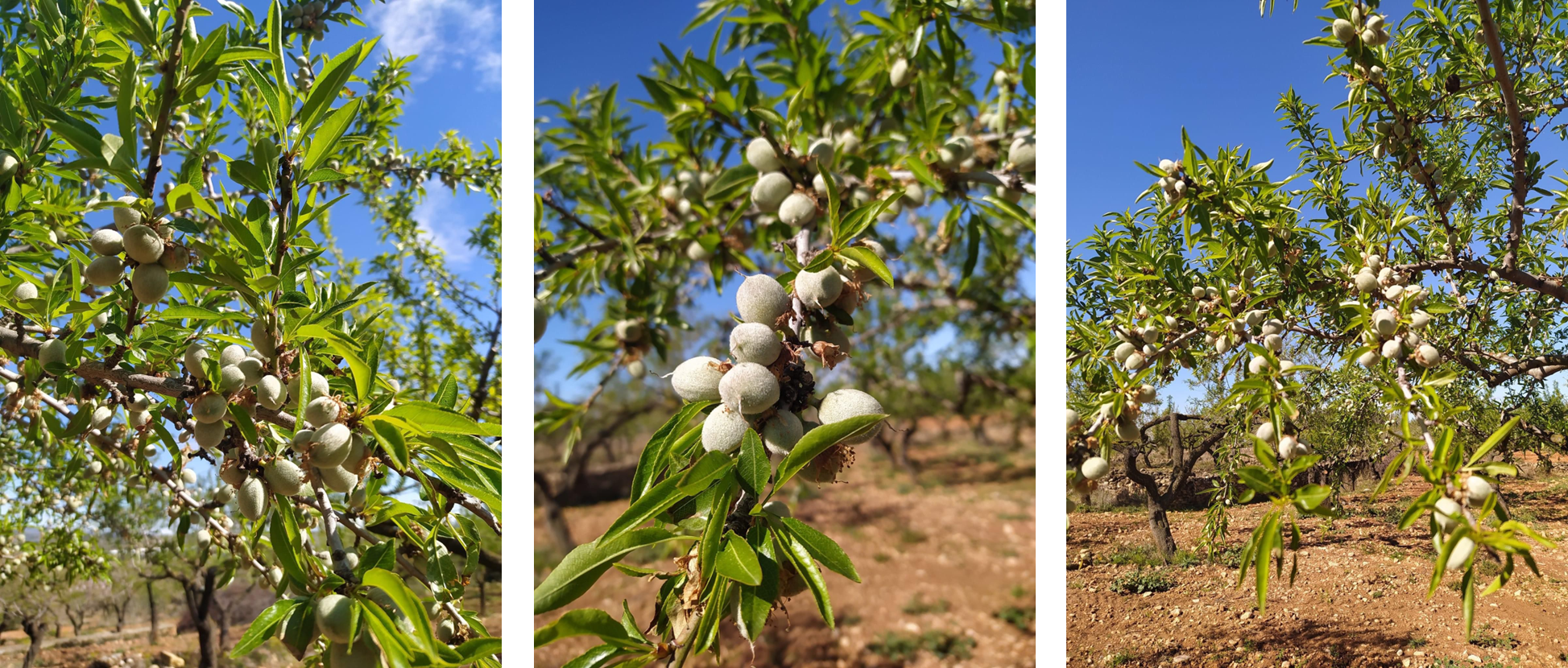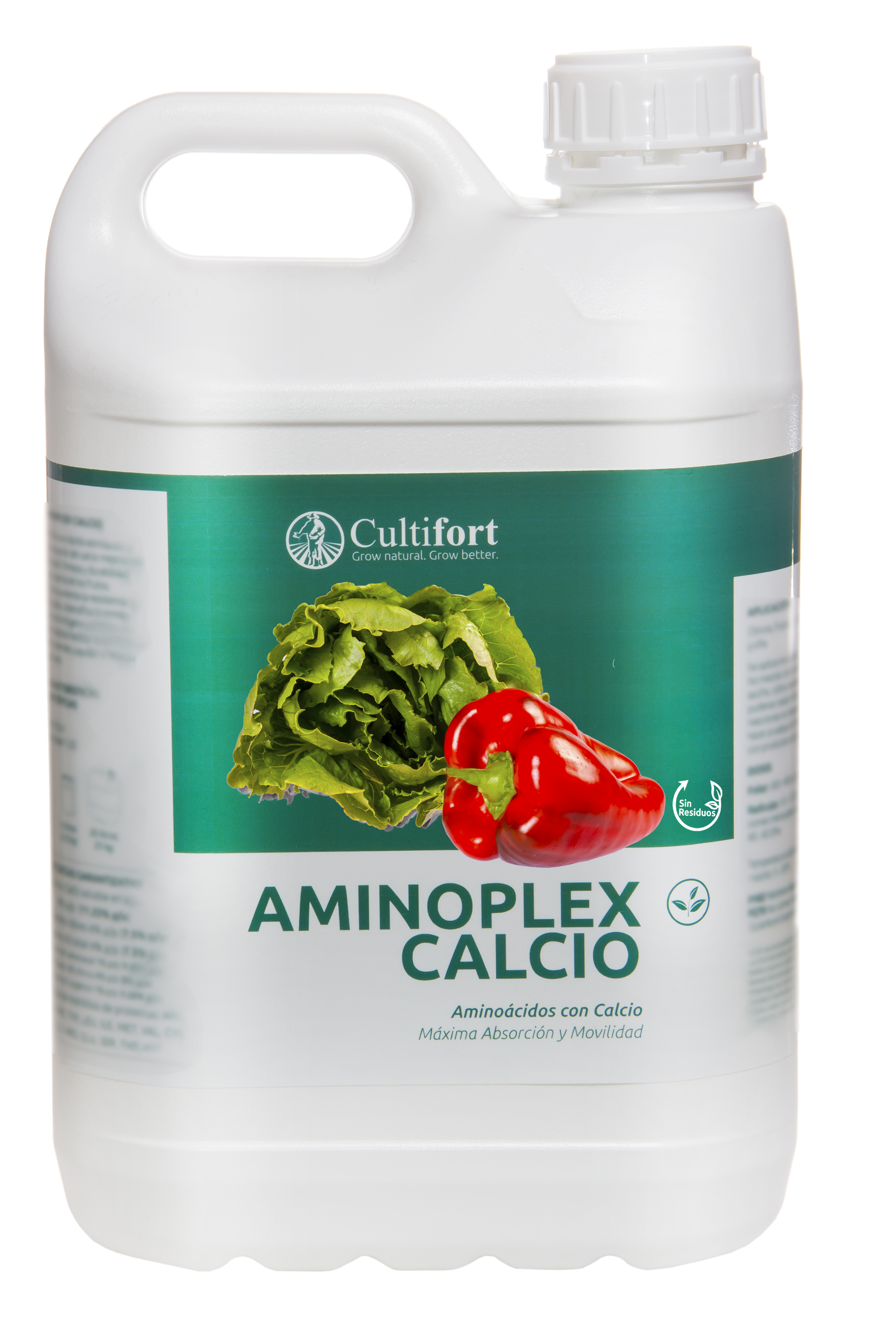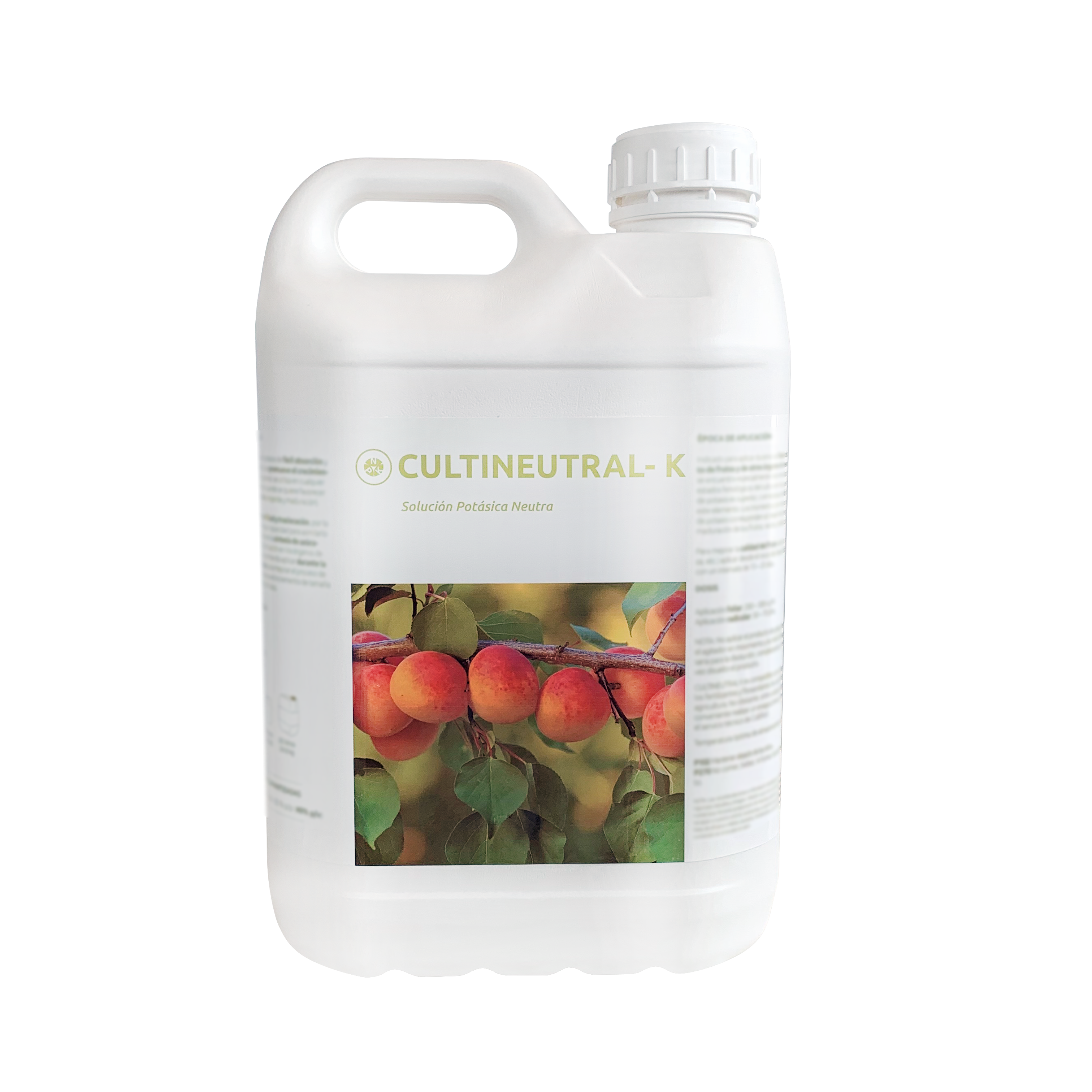The almond tree is a typical Mediterranean crop, adapting to very diverse edaphoclimatic conditions. It is capable of withstanding the high temperatures during the summer and the intense winter cold. It can survive long periods of drought and be cultivated on very poor land. However, all these circumstances will negatively affect their production levels, these being higher, the better the environmental conditions.
In recent years, almond cultivation has undergone a very significant change. The good market scenario for almonds and the need for alternative crops is leading to the establishment of new almond plantations under good conditions and, generally, in non-traditional areas for this crop. All this, motivated, in part, by the creation of new production systems, the development of new varieties, aimed at improving production and adaptation in different areas, and by biotechnological advances in the development of growth stimulators to increase the yields of the crop.
One of the most sensitive phenological stages for the almond tree is flowering. The almond tree is one of the fruit trees with the earliest flowering, although with significant differences depending on the variety. The use of biostimulants during almond flowering is a fundamental tool, since the application of exogenous energy sources ensures the proper development of flowering and good pollen quality. To learn more about this topic, we recommend you read our Cultinews “The almond tree: cultivation requirements, plant material and nutrition”.
Freshly set fruits are the organs most sensitive to frost, followed by flowers and swollen buds. These organs can be damaged at temperatures slightly below 0°C. Thus, in areas at risk of frost, special care must be taken in choosing late-flowering varieties (Arquero, 2013). On the other hand, high temperatures can cause serious damage to plants. Above 35 ºC, photosynthetic activity is seriously reduced, and the trees enter (especially when they are in dry conditions) in what is known as a summer vegetative shutdown. Higher temperatures, above 40 ºC, can cause dehydration, necrosis and leaf fall, fruit damage and wood burns.
For all these reasons, the setting, development and fattening of the fruit can be considered as other of the most important phenological stages of the almond tree. This occurs approximately between the months of March to June. The almond kernels grow and ripen, with the shell hardening around them, both protected by a softer protective outer shell.
Once the spring rains stop and summer temperatures begin to rise, irrigation programs are established (as appropriate) to support growth, always seeking efficiency in the responsible use of water. The availability of nutrients and water are essential for the evolution of almonds in this last period.

In summer the fruit opens its outer rind that protects it during the productive months, this indicates that it is in an optimal state of maturation and that harvest time has come.
After harvesting, the product must be conditioned, cleaning the crop of foreign materials, removing its shells to obtain the fruit and calibrating the peeled almonds by size.
From the Cultifort technical department we recommend, as a general rule, to have a good fertilization base based on a fertilization plan in accordance with the specific needs of the plant and with its potential productive level. At a particular level and for the case that concerns us here, the development and fattening of the fruit, we have different formulations specially developed for these phenological states.
On the one hand, we recommend the use of Aminoplex Calcio, a liquid formulation of calcium with amino acids to facilitate its assimilation and translocation by the plant. Its effects on the almond are:
- General improvement of the growth of different plant organs.
- Increased integrity and consistency of cell membranes.
- Greater fattening of the fruit, which will help to better defend marketing prices.
- Improved productivity per surface unit.
We also recommend the application of Cultineutral-K, a liquid formulation of high-rich potassium, together with polycarboxylic acids, with a neutral pH and free of chlorides. It is specially designed for:
- Favor the process of fattening and ripening of fruits.
- Increase its size and uniformity.
- Increase the synthesis and accumulation of sugars.
Both products must be applied from the beginning of sprouting until the bone hardens, with an application frequency of 15-20 days and with 2-3 applications per campaign.



